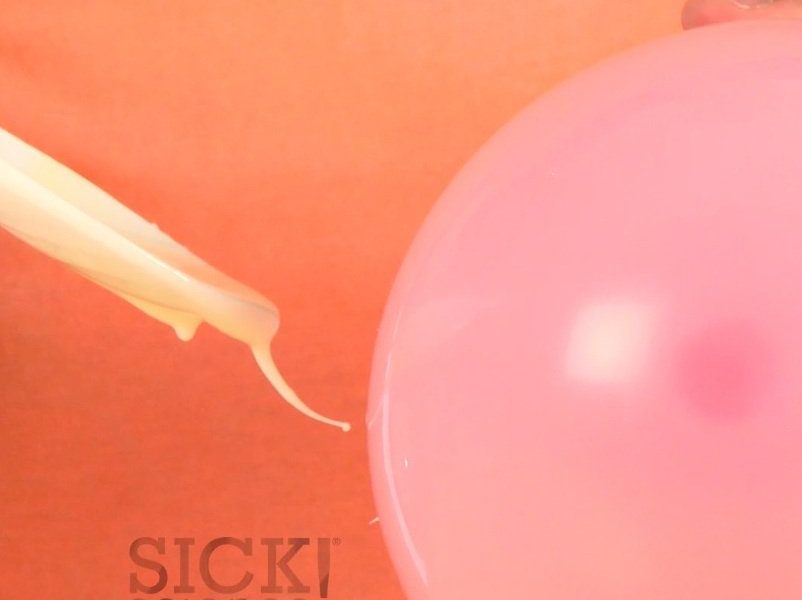You can do some pretty amazing things with non-Newtonian fluids, and the same can be said of static electricity. When you combine the two, you wind up with a hands-on science experiment that you have to see to believe. Cornstarch seems to magically jump towards a statically charged balloon, but do you know the science?
Electric Cornstarch
Static electricity and non-Newtonian fluids combine for an amazing hands-on science project

Experiment Videos
Here's What You'll Need
-
Cornstarch
-
Vegetable oil
-
Mixing bowl
-
Large spoon
-
Balloon
-
Measuring cup
-
Adult supervision
Experiment
- Pour 1/4 cup of cornstarch into a mixing bowl.
- Add 1/4 cup of vegetable oil into the mixing bowl. Stir the mixture until it thickens.
- Blow up a balloon and tie it off.
- Statically charge the balloon using your hair, shirt, or rug. (We prefer hair.)
- Place the charged balloon close to the spoonful of the cornstarch mixture. Once you witness the cornstarch jump towards the balloon, slowly move the balloon away. Repeat that as many times as you want!
How Does It Work
You probably guessed this by now, since you rubbed the balloon against your hair, but this experiment revolves around static electricity. When you rub the balloon on a coarse surface like your hair, you give the balloon additional electrons. These new electrons generate a negative static charge. Meanwhile the cornstarch, having identity issues about being a solid or a liquid, has a neutral charge.
When an object has a negative charge, it will repel the electrons of other objects and attract that object’s protons. When the neutrally charged object is light enough, like the dripping cornstarch in this case, the negatively charged object will attract the lightweight object. But try attracting cornstarch while it’s in the bowl… it doesn’t work! You need to reduce the amount of other forces acting on the cornstarch for this experiment to work, and that’s why you drip it from the large spoon. Dripping the cornstarch means fewer cornstarch molecules will be able to cohere to each other, which enables the dripping cornstarch to swing towards the balloon more freely.
